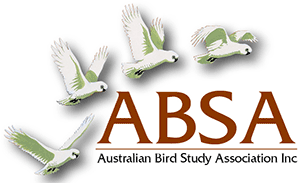Observations of the use of a nest box by Peregrine Falcons Falco peregrinus macropus: Breeding behaviour and parental contribution
| Posted: |
30/09/2023 |
| Author(s): |
Cilla Kinross |
Webcams have become an increasingly popular way to learn about birds of prey at natural nests and nest boxes. However, there have been few in-depth published studies of behaviour emanating from these initiatives, despite close observation and around-the-clock data collection capabilities. In Orange, New South Wales, observations have been made of the use of a nest box by Peregrine Falcons, Falco peregrinus macropus, between 2008 and 2022, with detailed observations during the breeding seasons of 2012–2017 and 2020. A pair nested annually over the 15 years, during which the male was replaced twice and the female once. There was a hatching success rate of 62%; a fledging success rate based on eggs laid of 57%, and on nestlings hatched of 92%; an overall 87% nest success rate (at least one fledgling produced per attempt); and a mean of 1.7 young fledged per clutch started. The mean clutch size was 2.8. Most eggs were laid in the morning and early afternoon and the mean laying interval was 61 hours. The mean incubation period was 35 days. The female undertook the majority of the incubation, spending up to 54 minutes per hour covering the eggs, depending on the time since laying. Time spent incubating by males varied considerably with individuals. Very little brooding or feeding of nestlings was undertaken by the males. When the nestlings were small, the male did almost all of the hunting but passed his prey to the female to feed the nestlings. Ambient temperature did not affect breeding activities. Lengths of time for incubation coverage and brooding were within normal ranges from other studies of this species. However, the presence of juveniles near the nest was often longer than usually observed: commonly 69–177 days, but with one case of 232 days. A stay of this length is unusual but not unprecedented.
>> Download Abstract |
File Size: 225 KB
>> Download Complete PDF | File Size: 1 MB
